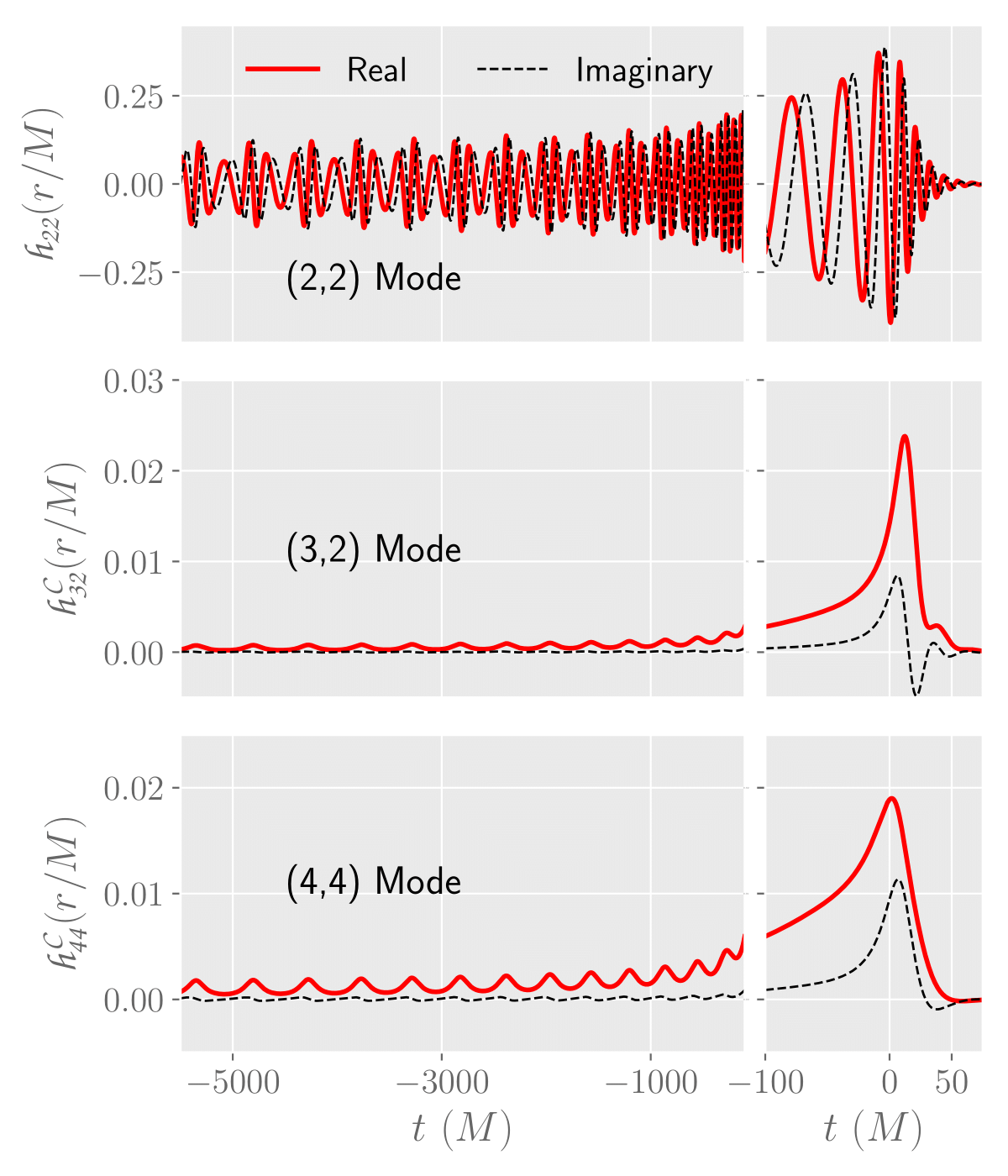
Eccentric NR-Surrogate Waveform Model
Eccentric binary black hole surrogate models for the gravitational waveform andremnant properties: comparable mass, nonspinning case.
Publications: arXiv.2101.11798;

When two compact objects (e.g. binary black-holes, binary neutron stars or neutron-star and black-hole pairs) merge, they emit gravitational waves (GWs). GWs then travel through the space-time and could be detected by ground-based or space-borne fancy detectors (such as LIGO or LISA). The existence of GWs is a natural outcome in Einstein's general relativity (GR) and had finally been detected in 2015 for the first time. My research interests in GW astronomy are diverse. Below I mention some of my works in waveform modelling, data analysis and testing the nature of gravity.

I have contributed to the development of the following gravitational waveform models developed using reduced order surrogate techniques:

Eccentric binary black hole surrogate models for the gravitational waveform andremnant properties: comparable mass, nonspinning case.
Publications: arXiv.2101.11798;
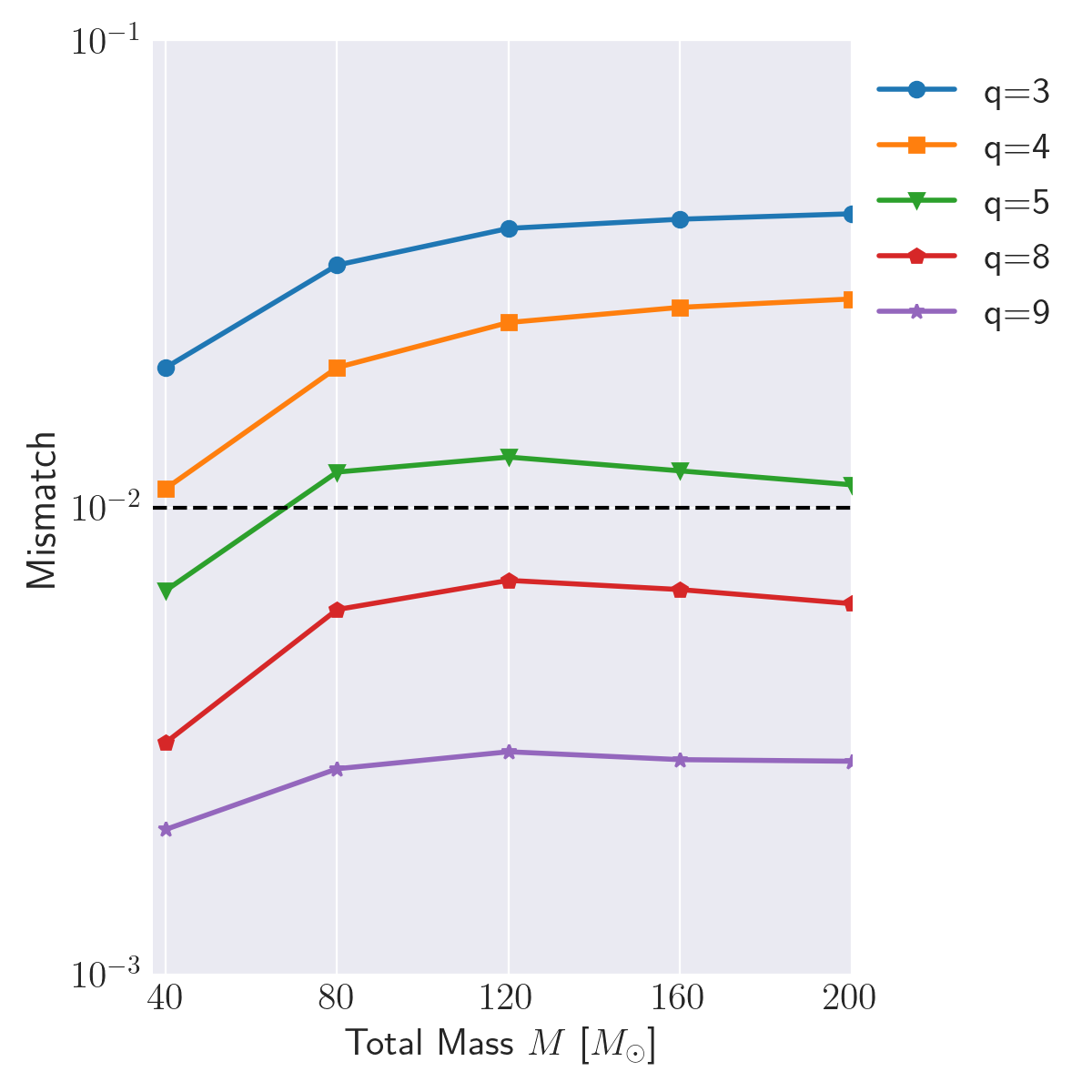
Surrogate model for gravitational wave signals from non-spinning, comparable- to large-mass-ratio black hole binaries built on black hole perturbation theory waveforms calibrated to numerical relativity
Publications: arXiv.2204.01972;
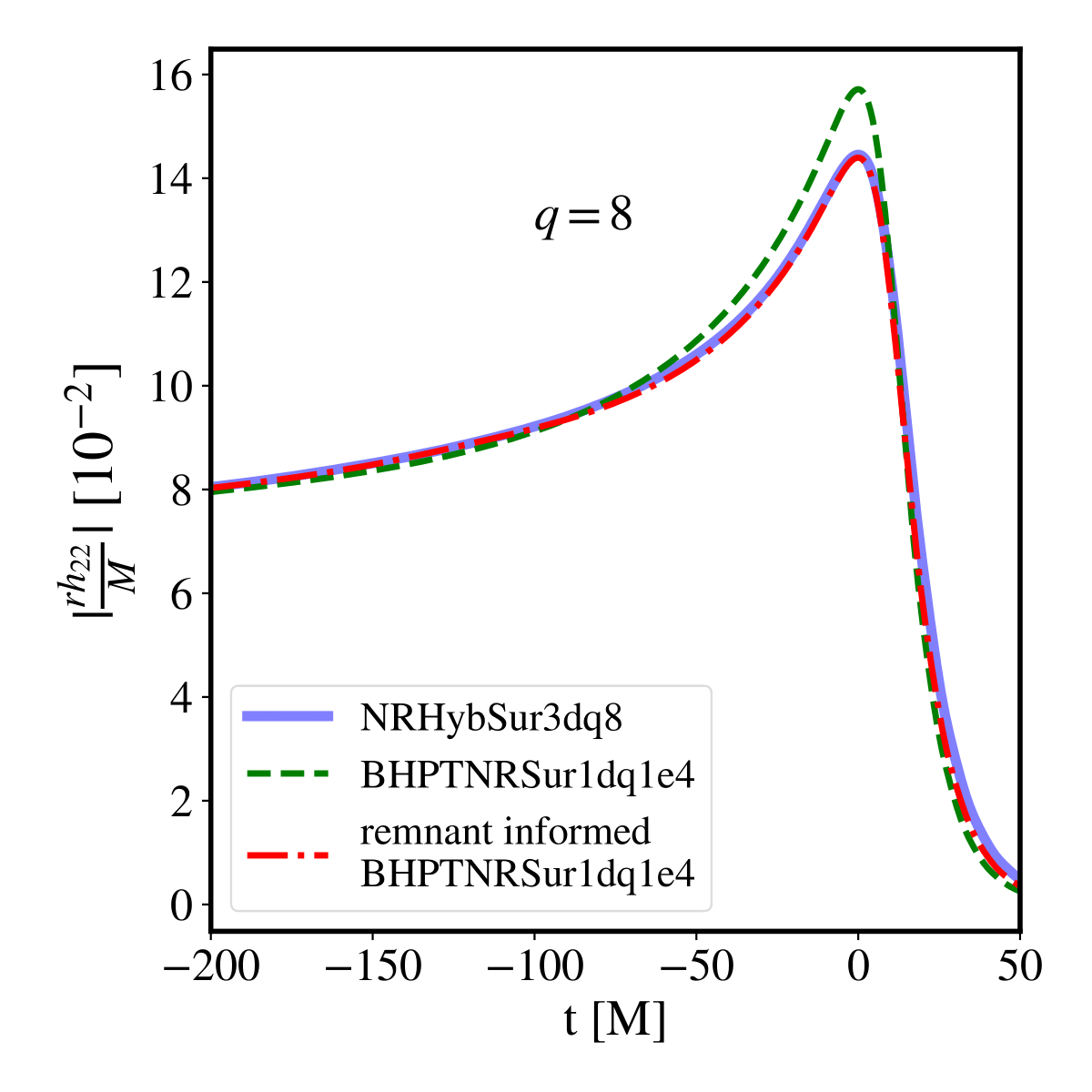
Remnant black hole properties from numerical-relativity-informed perturbation
theory and implications for waveform modelling
Publications: arXiv.2301.07215;
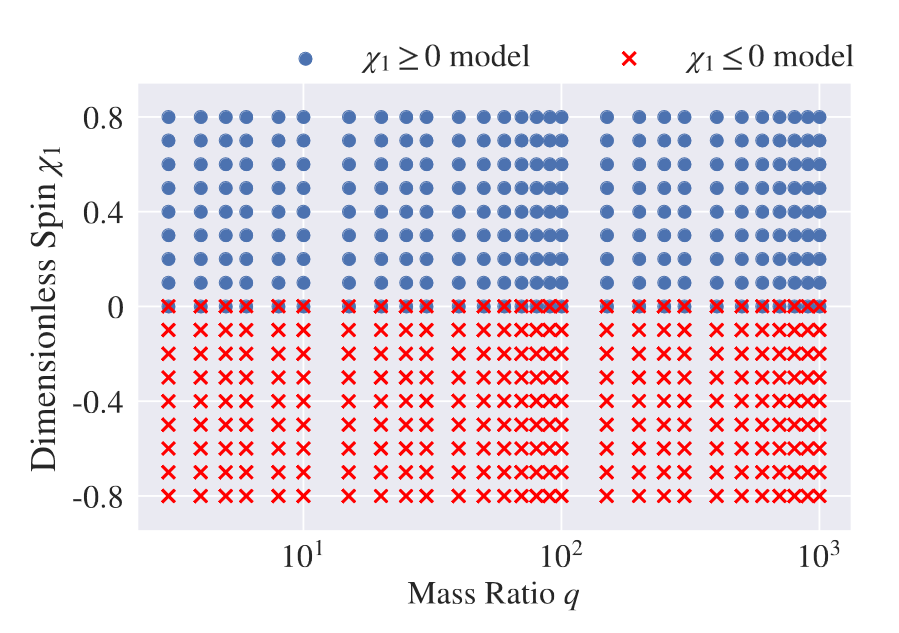
Surrogate model for gravitational wave signals from spinning, comparable- to large-mass-ratio black hole binaries built on black hole perturbation theory waveforms calibrated to numerical relativity
Publications: arXiv.2407.18319;
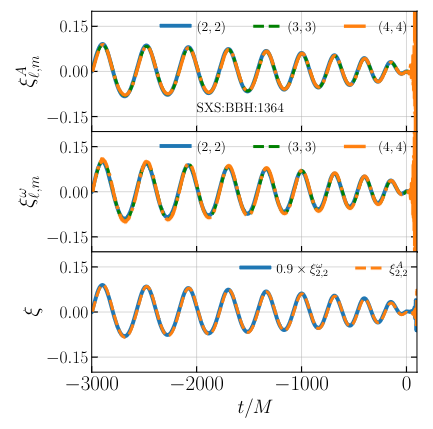
Straightforward mode hierarchy in eccentric binary black hole mergers and associated waveform model
Publications: arXiv.2403.15506;
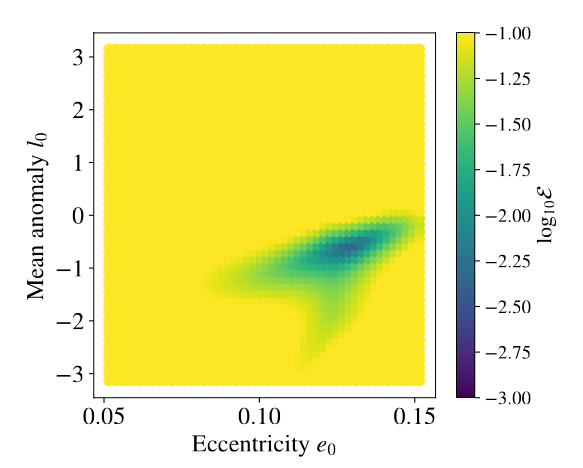
Study of eccentric binary black hole mergers using numerical relativity and an inspiral-merger-ringdown model
Publications: arXiv.2403.03487;

We investigate the late-time tail behavior in gravitational waves from merging eccentric binary
black holes (BBH) using black hole perturbation theory. For simplicity, we focus only on the dominant quadrupolar mode of the radiation
Publications: arXiv.2407.04682;
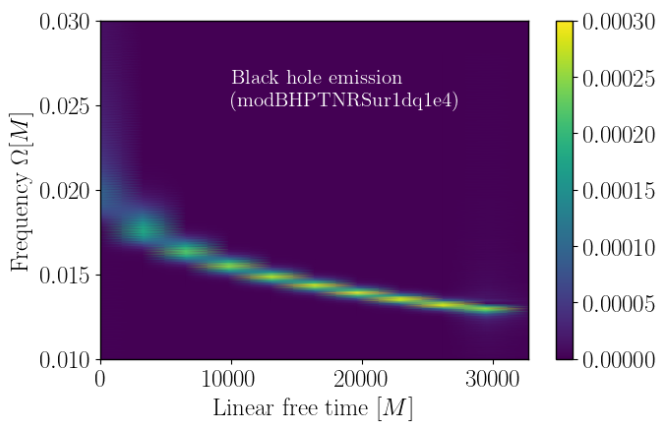
Using adiabatic point-particle black hole perturbation theory, we simulate plausible gravitational
wave (GW) signatures in two exotic scenarios (i) where a small black hole is emitted by a larger one (`black hole emission’) and (ii) where a small black hole is emitted by a larger one and subsequently
absorbed back (`black hole absorption’).
Publications: arXiv.2407.16989;
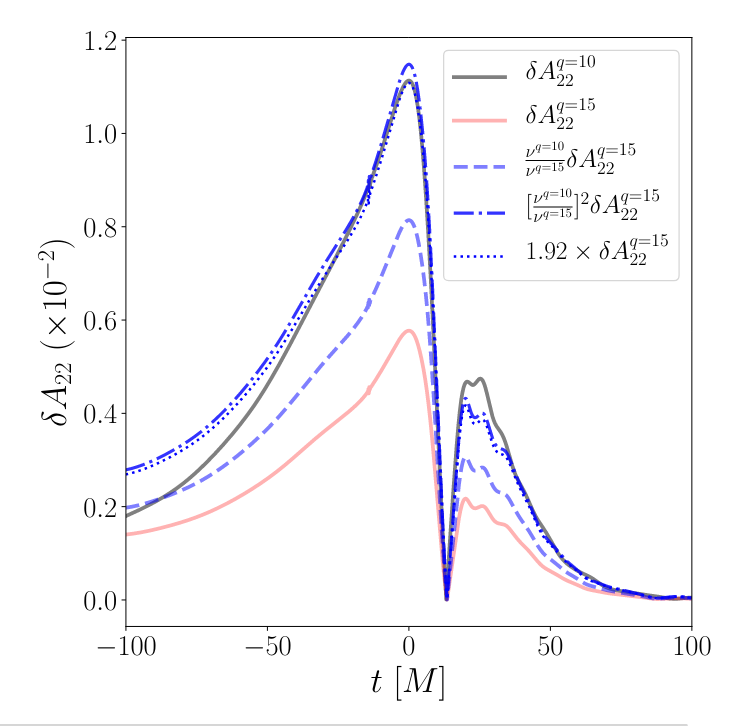
Interplay between numerical-relativity and black hole perturbation theory
in the intermediate-mass-ratio regime
Publications: arXiv.2306.08771;
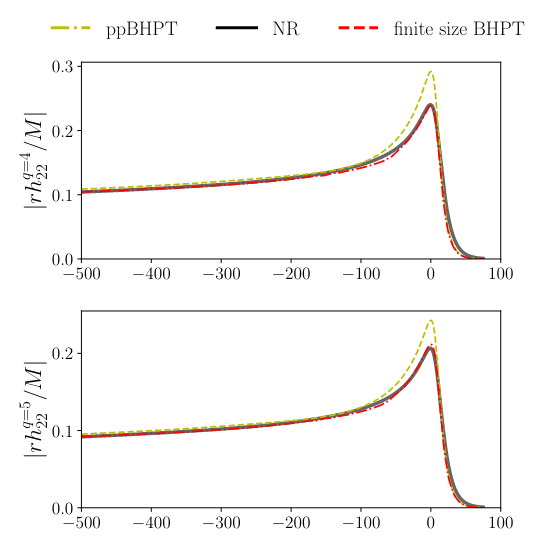
Interplay between numerical relativity and perturbation theory : finite size effects
Publications: arXiv.2306.08767;
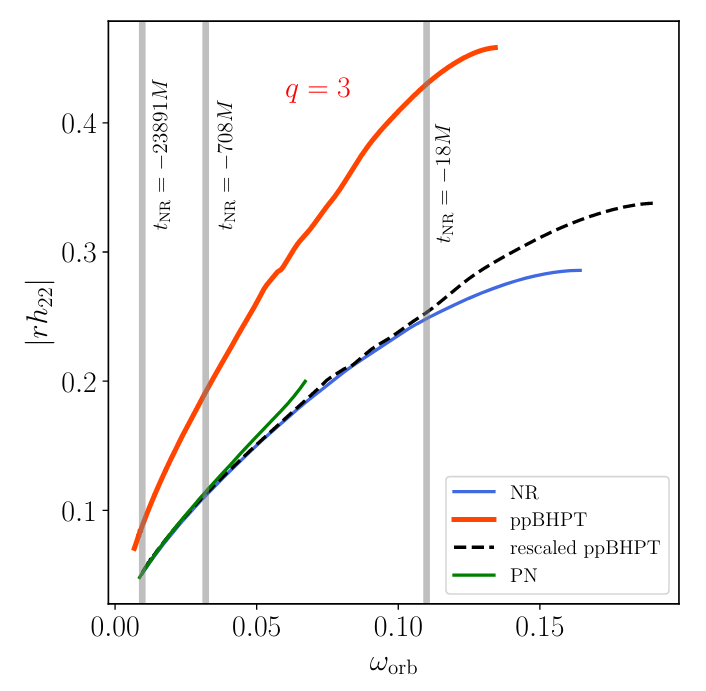
Approximate relation between black-hole perturbation theory and numerical relativity waveforms & its regime of validity
Publications: arXiv.2307.03155;

Mapping between black-hole perturbation theory and numerical relativity: gravitational-wave energy flux
Publications: arXiv.2310.05743;

Mapping between black-hole perturbation theory and numerical relativity: gravitational-wave energy linear and angular momentum
Publications: arXiv.2401.14532;
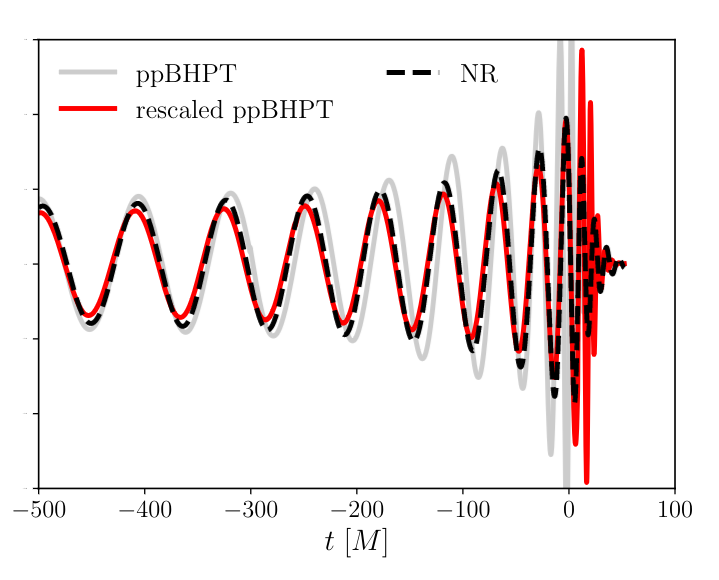
Mapping between black-hole perturbation theory and numerical relativity: gravitational-waveforms in equal mass binaries
Publications: arXiv.2312.01636;
Once these surrogate models are available, I use Bayesian Inference to analyze the detected GWs signals and extract properties of the black-holes. My recent work has shown that using these surrogate models provide more information about the black hole progenitor system than what other models are able to offer.
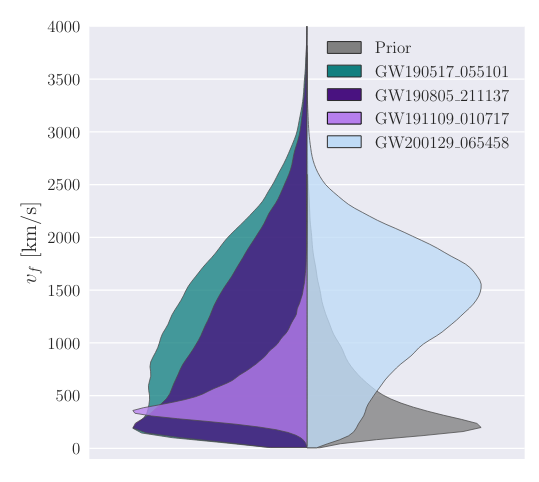
Evidence of large recoil velocity from a black hole merger signal
Publications: arXiv.2309.14473;
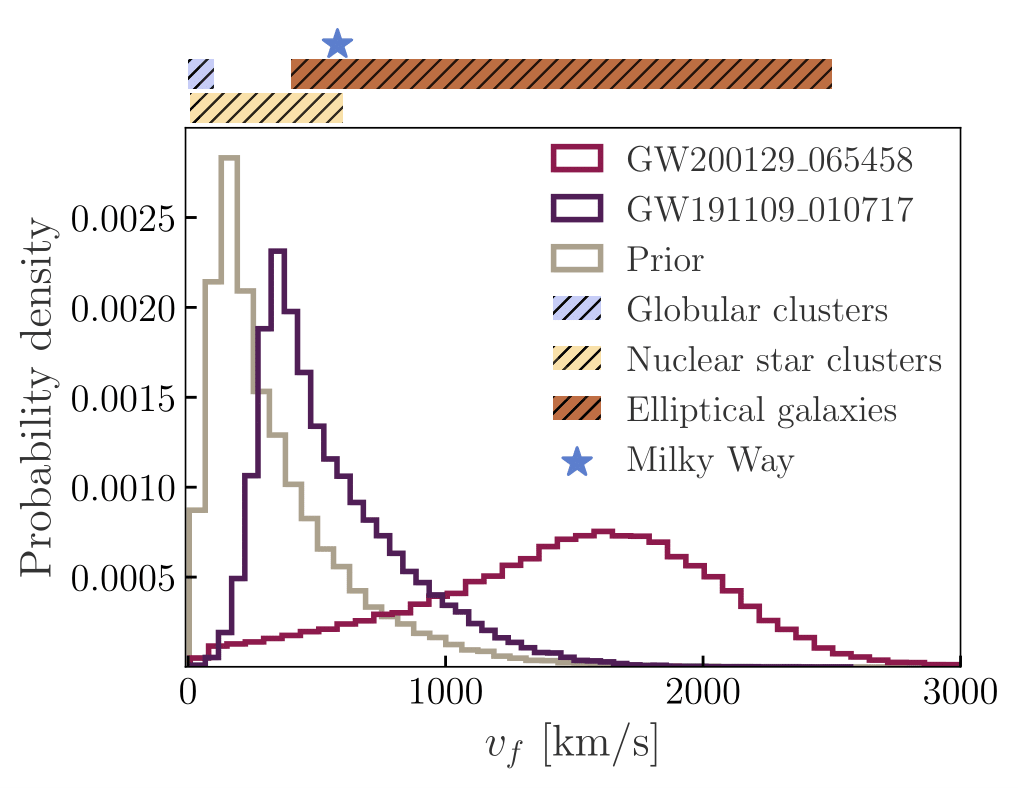
Evidence of large recoil velocity from a black hole merger signal
Publications: arXiv.2201.01302;
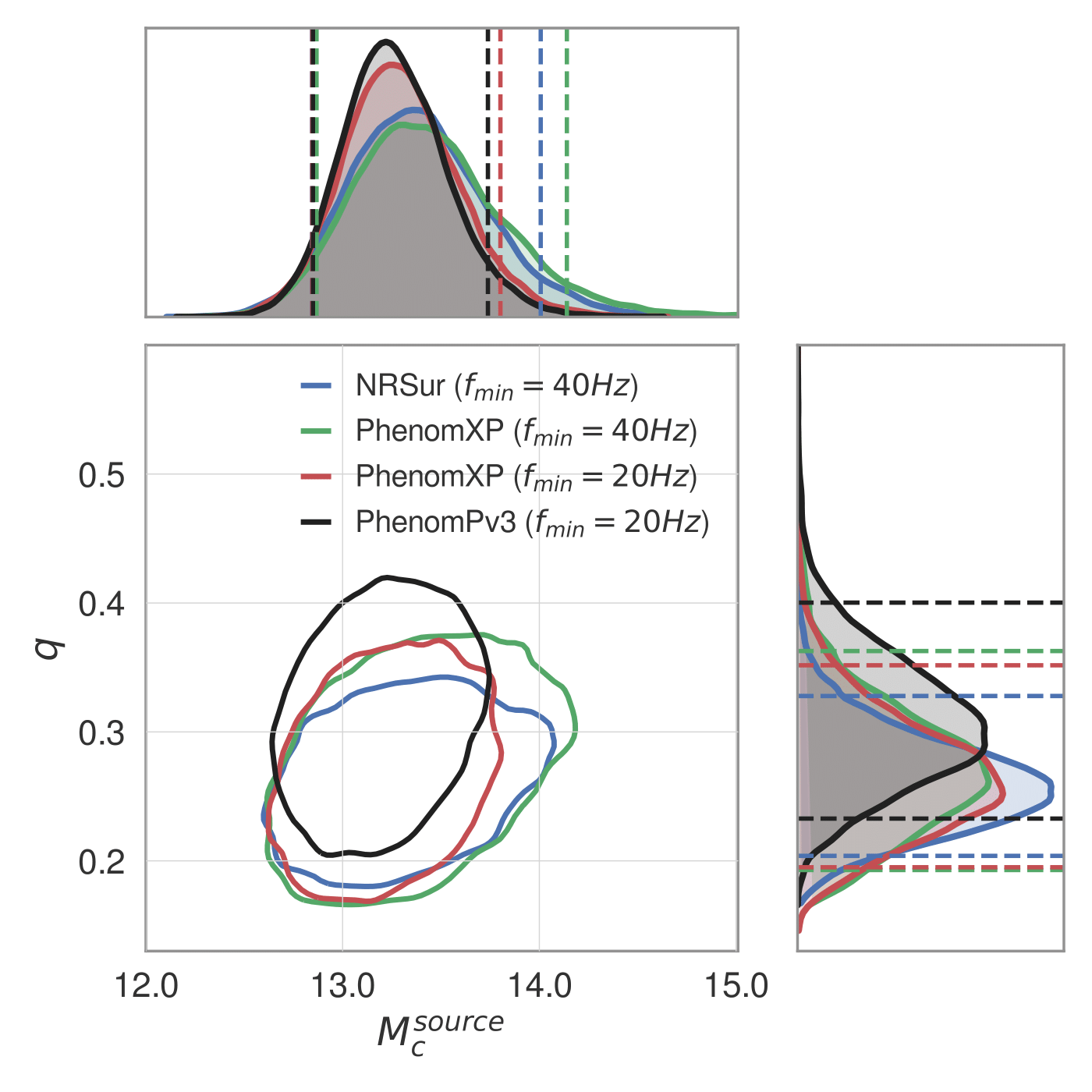
Improved analysis of GW190412 with aprecessing numerical relativity surrogate waveform model.
Publications: arXiv.2010.04848;
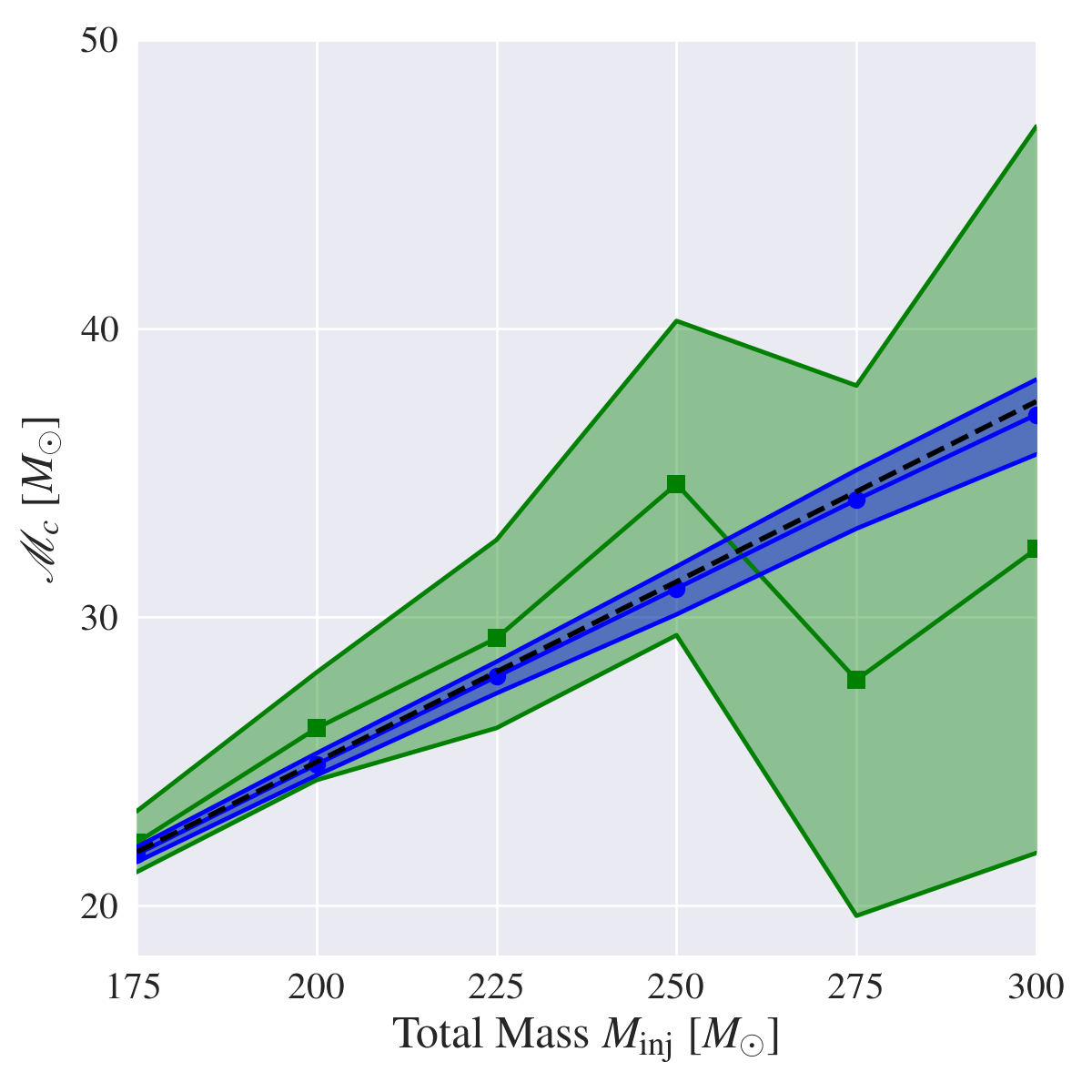
Detectability and source characterization of intermediate mass-ratio black hole coalescences with gravitational waves: The importance of higher-order multipoles
Publications: arXiv.2105.04422;

Survey of gravitational wave memory in intermediate mass ratio binaries.
Publications: arXiv.2109.00754
Estimating the source properties of the GW signal is generally done through Bayesian Inference using either Monte-Carlo-Markov-Chain (MCMC) or nested sampling. Such methods are extremely expensive and take days (weeks) to analyze a binary-black-hole signal (binary-neutron-star signal). This is a bottleneck for possible electromagnetic follow-ups which requires accurate sky localization of the binary. Here, with my collaborators, I work on building rapid and accurate parameter estimation framework.
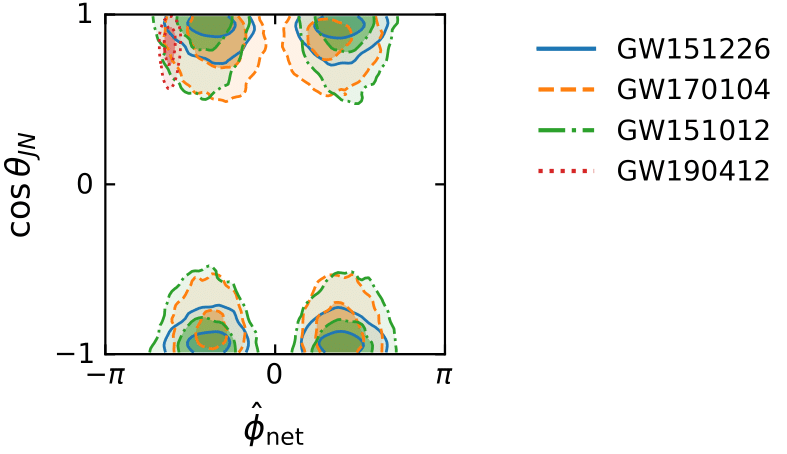
Removing degeneracy and multimodality in gravitational wave source parameters.
Publications: arXiv.2207.03508;
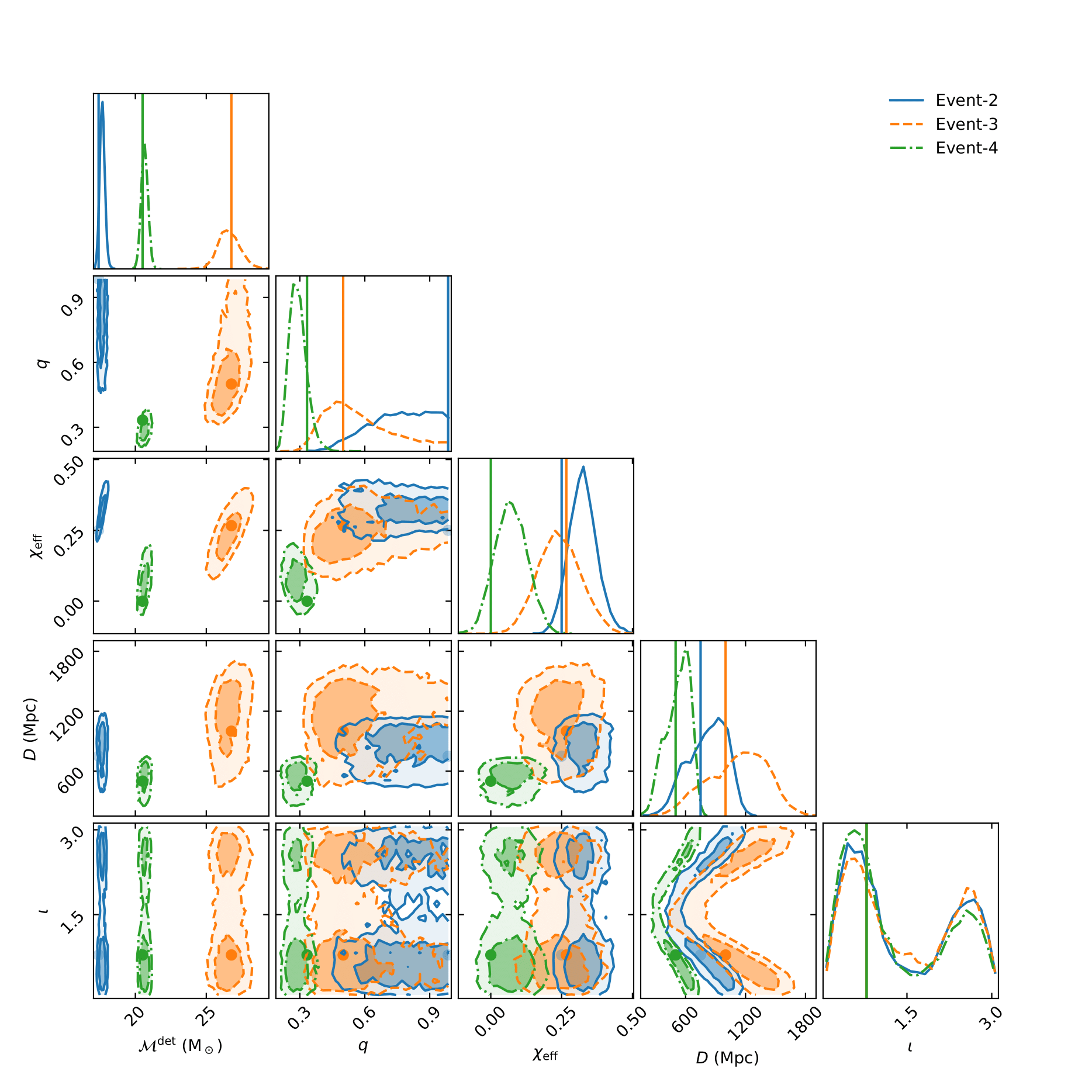
Framework to analyze an aligned-spin quadruplar BBH signal in ~200 seconds and BNS signal in ~250 seconds using one computing core.
Publications: arXiv.2210.16278;
An important next step is to use the extracted information about the merging black-holes to test Einstein’s general relativity (GR). This constitutes the third front of my research. With my collaborators, I work on developing efficient tests that can identify any departure from GR.
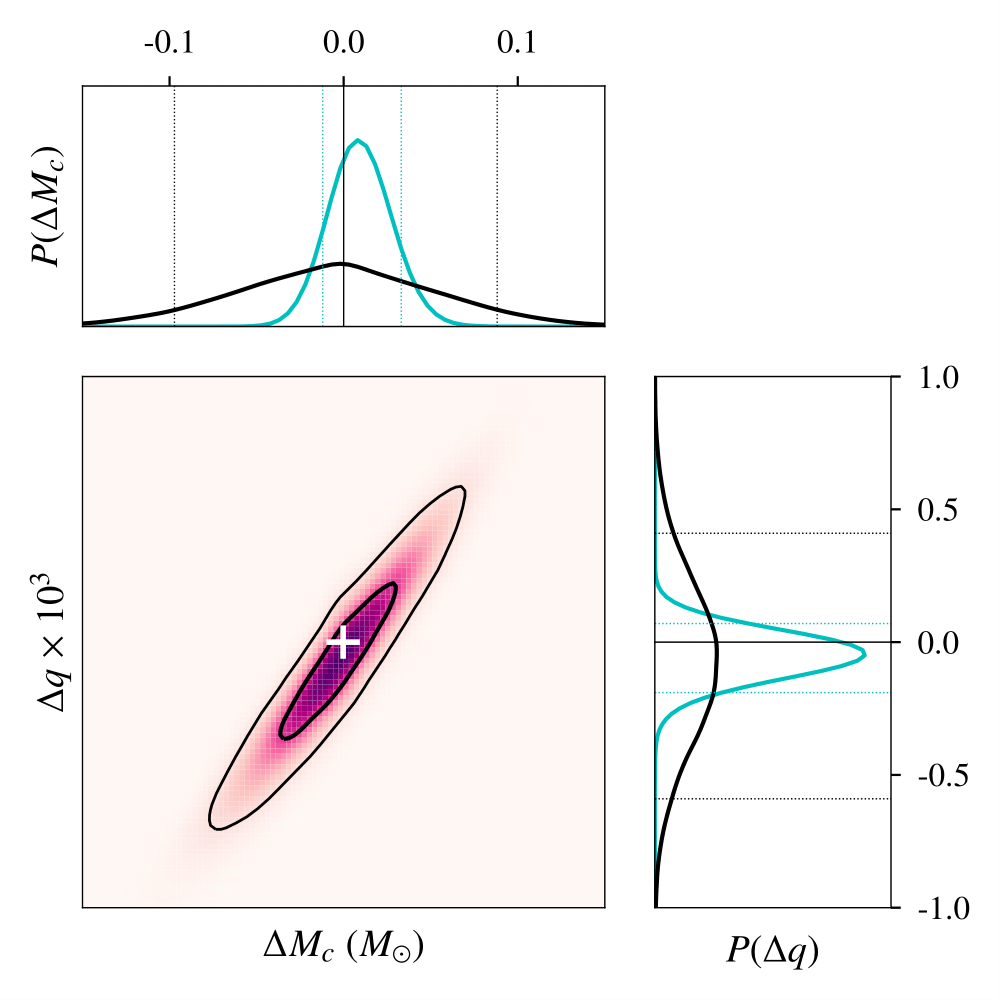
Testing the “no-hair” nature of binary black holesusing the consistency of multipolar gravitational radiation.
Publications: arXiv.1910.14259;
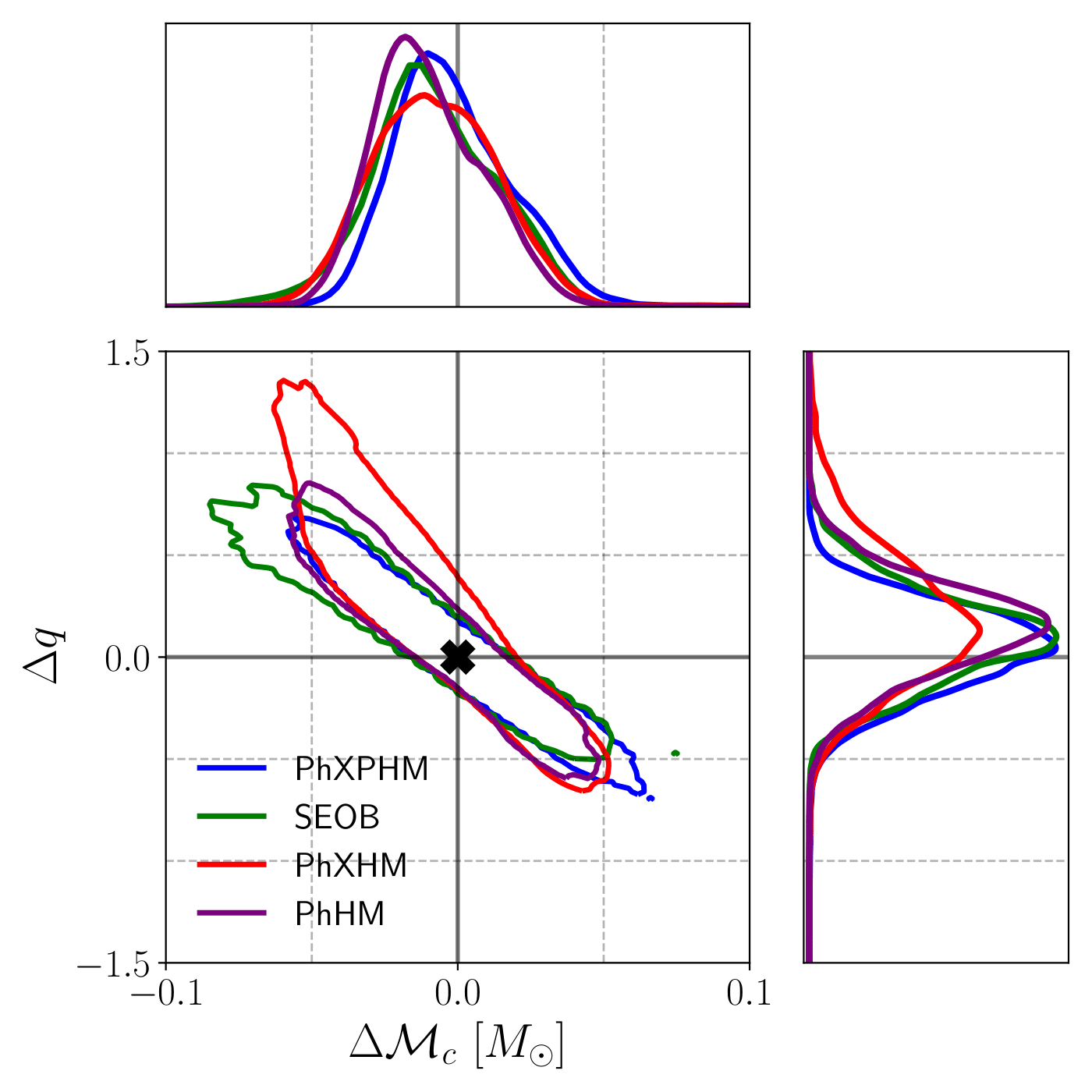
Applying higher-modes consistency test on GW190814 : lessons on no-hair theorem, nature of the secondary compact object and waveform modeling
Publications: arXiv.2111.00111;
My secondary direction of research constitutes the exploration of beyond GR theories.
The validity of GR is well-established in solar-system neighborhood and binary pulsar systems. The detection of gravitational waves from the mergers of binary black holes (BBHs) has further allowed us to test GR in the previously unexplored highly relativistic strong field regime of gravity. So far all GW observations are consistent with GR. However, GR is plagued by an observed ‘mass-discrepancy’ in galaxies and clusters. One way to reconcile GR with observations is to invoke exotic dark matters. No-show of dark matter particles in ambitious experiments so far though has encouraged researchers to look for alternative explanation which considers the ‘mass-discrepancy’ as a signature of the breakdown of GR at galactic and cosmological scales.
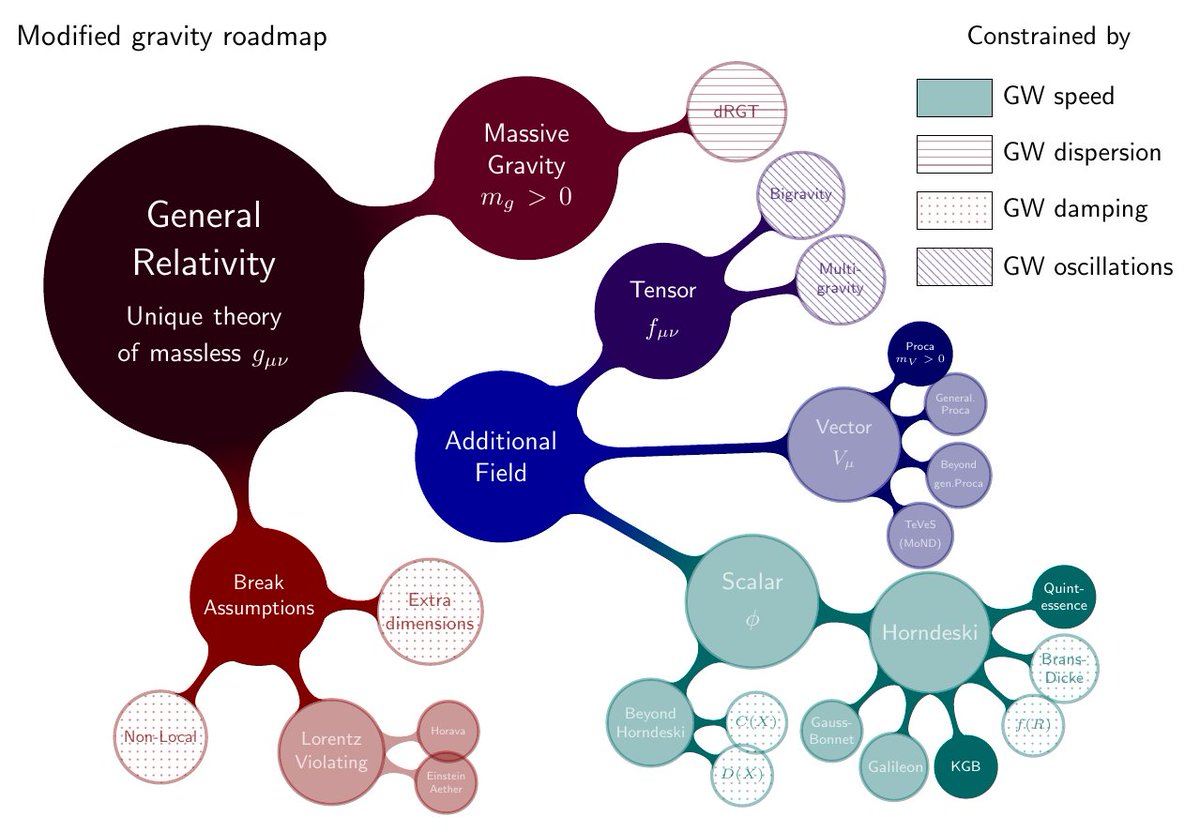
Many alternative or modified gravity theories try to achieve these through replacing Einstein's GR with new laws of gravity. My research explores the ability of motivated alternative gravity theories (Weyl Conformal gravity, Chern-Simons gravity, f(R) gravity, Scalar-Tensor-Vector gravity) in providing acceptable fits to the dynamics of self gravitating objects of a wide range of masses, namely globular clusters, galaxies and clusters of galaxies.
Image: arXiv:1807.09241 (Ezquiaga & Zumalacarregui 2018)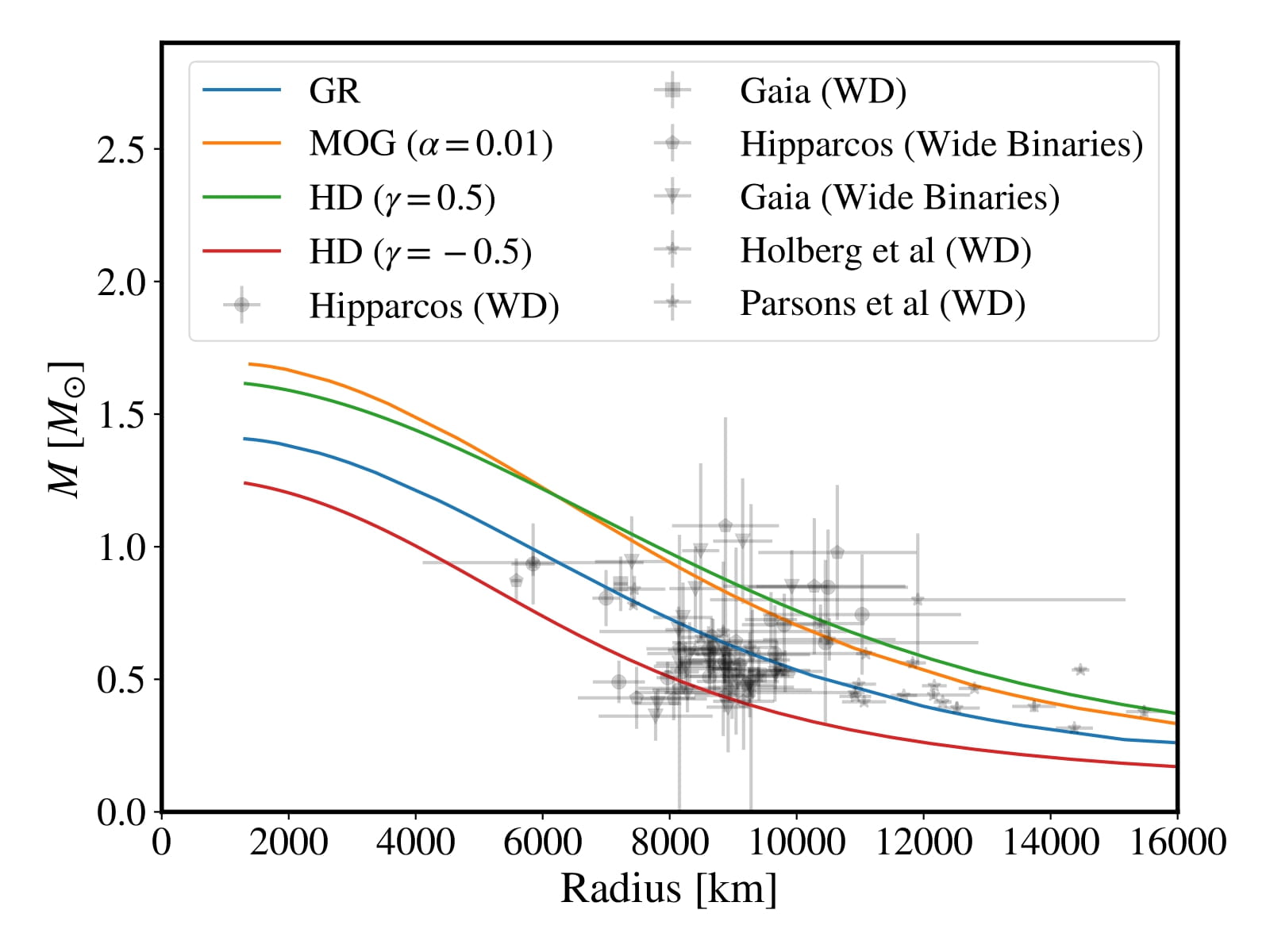
White-dwarf mass-radius relation in Scalar-Tensor-Vector Gravity and beyond Horndeski theories of G3 type.
Publications: arXiv.2301.08677;
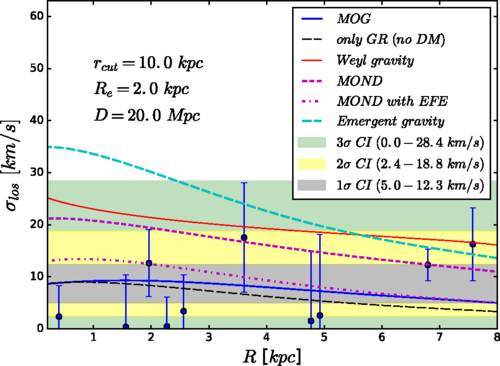
Modified Gravity Theoriesin Light of the Anomalous Velocity Dispersion of NGC1052-DF2.
Publications: arXiv.1908.07160;
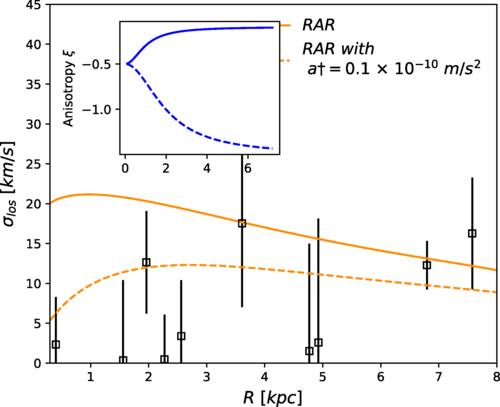
Enigmatic Velocity Dispersions of Ultra-Diffuse Galaxiesin Light of Modified Gravity Theories and Radial Acceleration Relation.
Publications: arXiv.1910.09726;
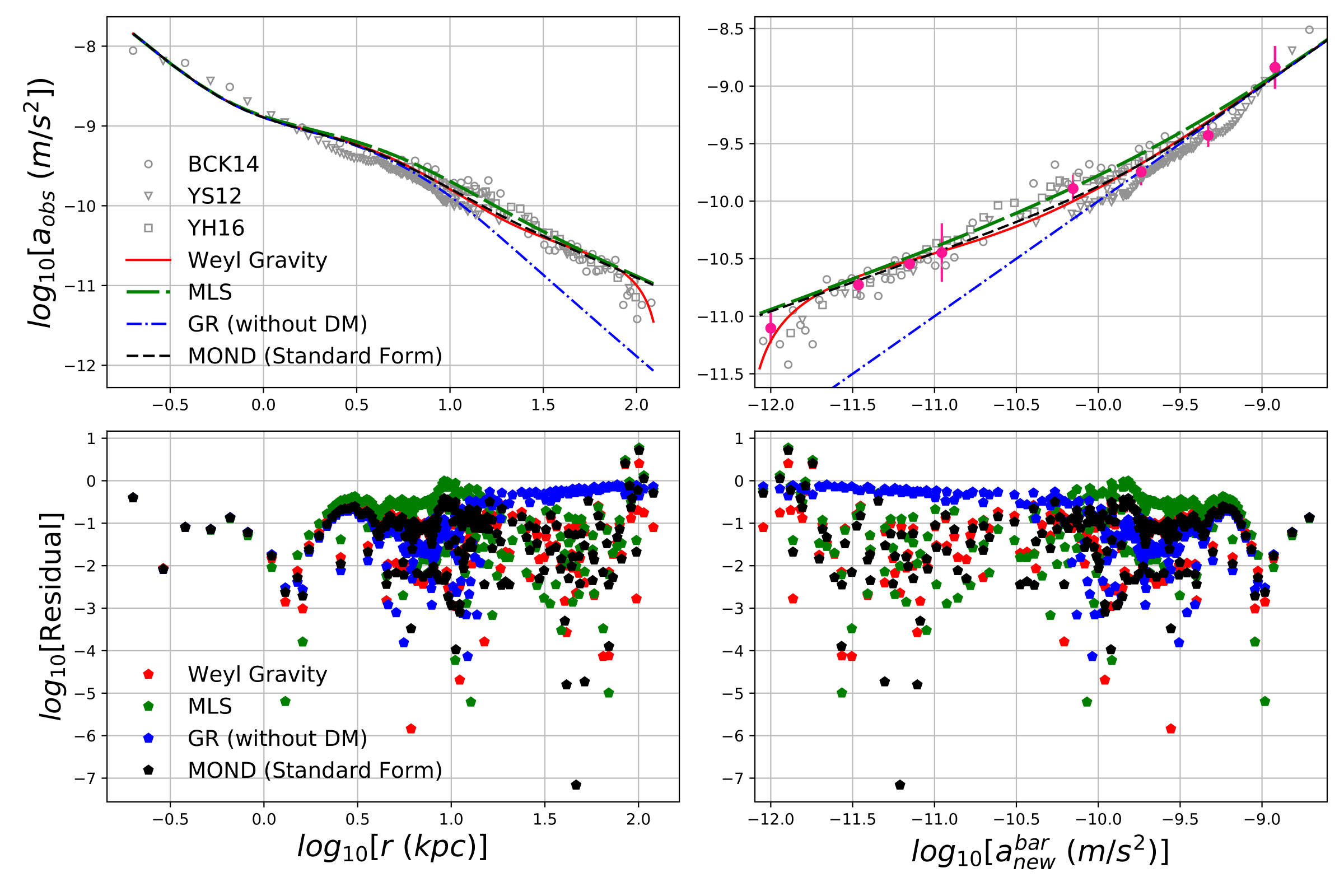
Acceleration Relations in the Milky Way as Differentiators of Modified Gravity Theories.
Publications: arXiv.1911.11836;
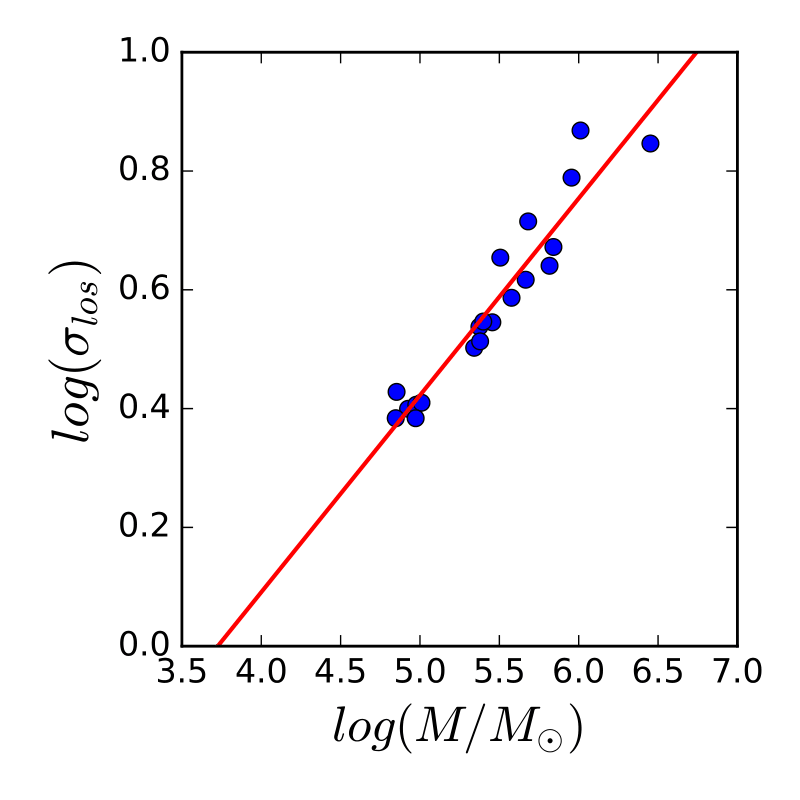
Globular clusters as a probe for Weyl Conformal Gravity.
Publications: arXiv.1811.00065;
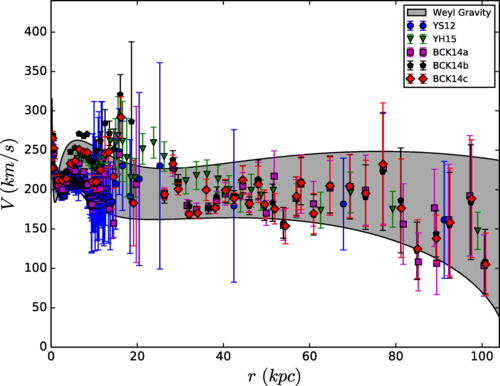
Testing Weyl Gravity at Galactic and Extra-galactic Scales.
Publications: arXiv.1808.06923;